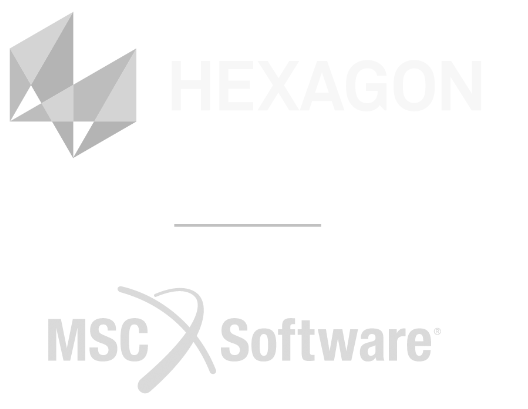Before the detailed explanations are discussed on the abovementioned terminologies, the question can even be simplified to:
“Why do we use tools (or technology) in general”?
This is a question most people with and without a technical background and mindset will be able to answer. Although there will be different opinions and priorities, the most prominent responses will be “to reduce efforts”, “to save time” and even “to increase consistency”. There will always be a strive to save time and money while maintaining quality in order to be competitive and relevant in any business environment. Not to mention product development and sustainability. Mankind will always make use of available knowledge and suitable tools to survive, and in certain circumstances, to thrive.
If this reason is brought back to our original question(s), the answer and motivations may seem obvious as most engineers are talented in finding ways to do more work with less efforts. However, certain tools in the engineering industry not only help to accurately speed up repetitive tasks and calculations, but also help us to gain insights into the science and engineering involved in product design and development. The time saved on complicated, elaborate analyses while ensuring certainty on product performance and quality, is the powerful gear-ratio that defines the requirement for engineering tools such as simulation technology. Increasing the business potential (i.e. product or solutions output) for a fixed amount of time is the definition of profit efficiency, the primary reason why successful businesses simulate during the design and development stages.
Elaborating on the primary drivers of time and money, we can add the secondary vital drivers that transforms an established business into a thriving, innovating enterprise, namely reduced time to market, reduced material usage, reduced scrap, increased consistency and quality, increased performance, increased innovation, research and development. Not to mention the process to capture knowledge and digitisation trends that Industry 4.0 provides.
USING THE CORRECT TOOL FOR THE JOB
A solution for a problem, or an outcome of an objective is measured on the final success as well as the performance thereof in terms of resources required. The solution or outcome, however, are very much dependent on the inputs and associated processes. The incentive for any successful engineer and business are to use the least amount of resources and time for the highest degree of outcomes.
It is without a doubt that industry challenges or real world problems are often far removed from the examples in textbooks used to explain the theory. There are many ways to address the challenge, both adequately and accurately. But more often that not, a certain amount of uncertainty goes with the solution as the methods have certain assumptions associated with it. Non-conventional characteristics in the form of geometry, materials and load cases are a few contributors to the uncertainty. The uncertainties are accounted for by margins like extra material or conservative load cases, which in turn again influence the precious time-money ecosystem. A successful engineer, or rather business, always use the best available engineering knowledge and tools to honour engineering principals and commercial or economic integrity.
Computer Aided Engineering (CAE) software and simulation technology are one of the primary tools engineers and manufacturers use today to achieve the sustainable dynamic between business sense and engineering certainty. CAE software assist engineers and manufacturers to characterise designs, products and processes in order to eliminate uncertainties, potential flaws and, importantly, where the engineering time spent on effortful manual calculations exceeds the value of the result. Simulation technology expands the capability of engineering businesses to ensure competitive knowledge is developed sustainably.








